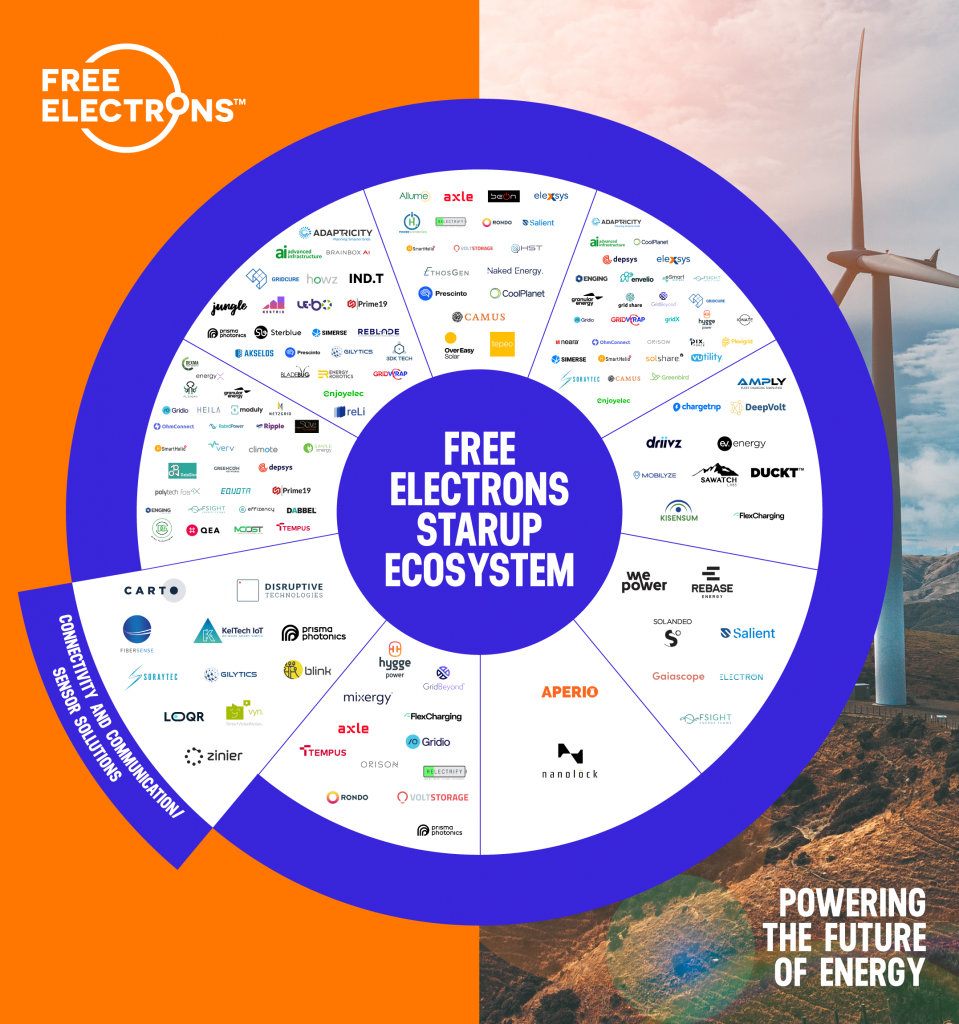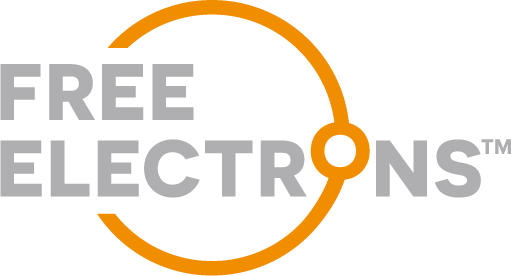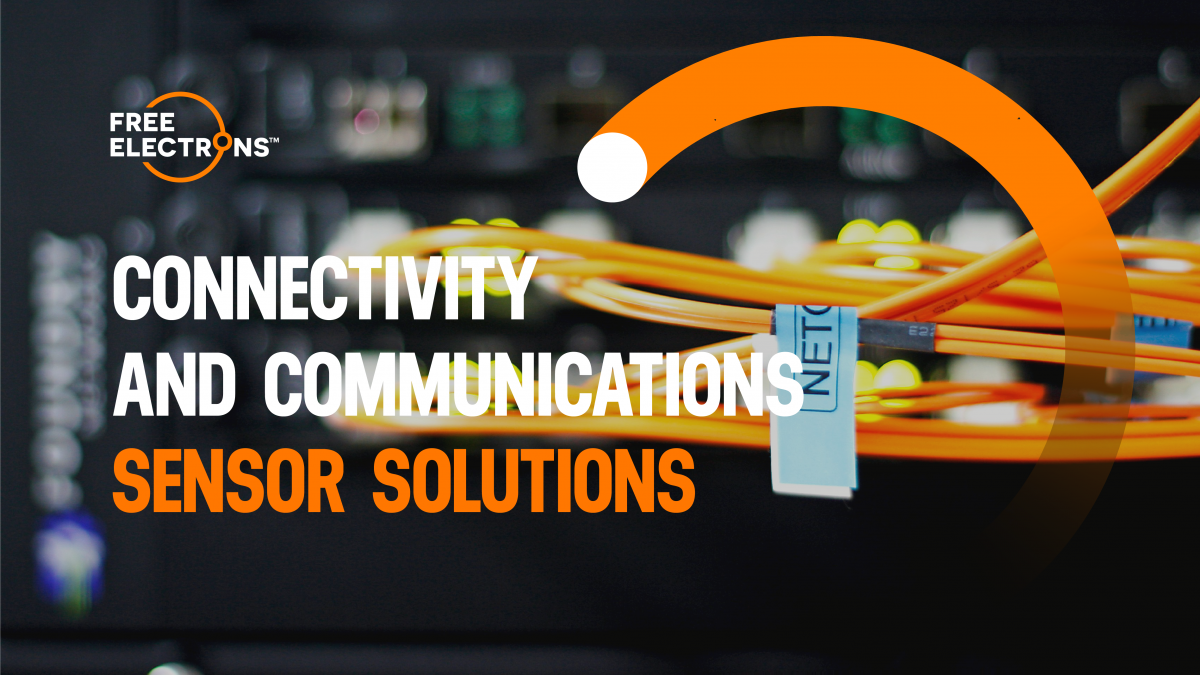A Closer Look at the Impact of Connectivity and Sensor Technologies on the Energy Sector
Every second, terabytes of energy data go unused. Power lines stretch for thousands of miles, substations operate around the clock and renewable assets feed into grids but, without real-time intelligence, inefficiencies remain hidden, outages strike unexpectedly, and energy waste continues unchecked. Connectivity and sensor technologies are providing the intelligence needed to enhance operational efficiency, ensure grid stability and support the transition to a more resilient and sustainable energy system.
Utilities worldwide are investing in IoT-enabled sensors, AI-driven analytics and real-time monitoring solutions to enhance their infrastructure and respond to the evolving demands of a digitalised energy landscape. These technologies are enabling more accurate predictive maintenance, optimised asset management and smoother integration of renewable energy sources into increasingly complex grids. Without real-time visibility, utilities face escalating grid congestion, undetected asset failures and increased volatility from intermittent renewables. The adoption of advanced connectivity solutions is therefore not just a step toward modernisation but a strategic requirement for the sector’s long-term resilience and performance. This is further evidenced by the global IoT market in energy, which is projected to grow from USD 64.8 billion in 2024 to USD 153.2 billion in 2029, expanding at a CAGR of 18.8%1, underscoring the rising reliance on data-driven systems to ensure efficiency, reliability and sustainability across power generation and distribution.
Advancing Energy Systems through Connectivity and Sensor Innovation
The transformation of energy systems is gaining momentum as utilities adopt advanced technologies such as AI-driven analytics, edge computing and enhanced cybersecurity. With electricity demand projected to rise steadily and the integration of renewable sources accelerating, modernizing grid infrastructure has become essential. Digitalization is no longer a complementary improvement, it is a foundational strategy to reduce inefficiencies, enhance resilience and accommodate an increasingly decentralised grid.
AI-powered solutions are playing a central role in this shift as predictive maintenance technologies are starting to enable utilities to monitor asset health and detect potential failures before they occur, hence extending infrastructure lifespan and reducing costly downtime. Actually, predictive maintenance supported by AI is expected to save energy companies over USD 4 billion annually by 20272. In parallel, digital twins are being deployed to simulate real-time grid conditions and prevent system faults, reducing operational risks by as much as 35%3. These tools also support improved demand forecasting where machine learning models have raised prediction accuracy by 40%, allowing operators to manage energy flows more efficiently and reduce volatility4.
Edge computing and 5G connectivity are further advancing operational agility by processing data closer to where it is generated. Edge Computing enables faster decision-making with capacity having already cut data processing times by up to 60%5. Meanwhile, the rollout of 5G-enabled smart meters has improved energy consumption tracking by nearly 50%, equipping utilities and consumers alike with better tools to manage usage and reduce waste6. These technologies are particularly critical for integration of microgrids and distributed energy resources where real-time responsiveness is key.
However, the rapid digitalisation of energy infrastructure brings increasing cybersecurity risks. With cyberattacks on power grids rising by 30% annually, utilities must now embed robust protections into every layer of their systems. AI-driven threat detection, blockchain-secured transaction and zero-trust architectures are emerging as essential components of this new defense landscape. Blockchain technologies for instance, are projected to reduce unauthorised data breaches by up to 40% by 2026, supporting secure and transparent grid operations7.
Together, these innovations are laying the groundwork for a smarter, more adaptive energy system. By combining predictive intelligence, real-time responsiveness and digital security, utilities are not only increasing performance but redefining what it means to build a resilient and future-ready network.
Spotlighting Startups at the Forefront of Connectivity and Sensor Solutions
Startups are playing a defining role in shaping the next generation of connectivity and sensor technologies. Through the Free Electrons program, these emerging players are not only showcasing groundbreaking solutions but are also forming meaningful partnerships with utilities to pilot and scale real-world applications. Their work demonstrates how innovation when combined with sector expertise can directly improve grid performance, accelerate digitalization and enhance operational intelligence.
Gilytics, a Swiss startup from the 2021 Free Electrons cohort is at the forefront of AI-powered spatial and data analytics for utilities. Their platform enables smarter infrastructure planning and asset optimization by providing a visual, interactive method for model simulation of energy network layouts. In partnership with ESB Networks in Ireland, Gilytics has worked on using digital planning tools to support more efficient grid development. Their collaboration focused on predictive analytics to manage energy flows, reduce environmental impact and ensure long-term system reliability particularly in integrating renewables and reducing planning time for grid extensions8.
Vyntelligence, based in the UK and named Startup of the Year in 2021, offers an AI-powered video and voice analytics platform that transforms how field data is collected and analysed. By enabling front-line teams to capture short, structured video insights, the platform eliminates the need for lengthy manual reporting while accelerating response times. In partnership with EDP, Vyntelligence helped digitize field inspections and maintenance workflows, boosting productivity and reducing operational costs.9 This collaboration is the perfect example of how smart, user-friendly tech can drive efficiency and empower utility teams with actionable insights on the go.
Blink Energy, a Turkish startup from the 2022 Free Electrons cohort, conducted R&D, designed, manufactured, and provided maintenance for ICEFREE, a device developed to prevent ice load formation on power distribution lines while collecting and transmitting critical data to energy distribution companies to help identify grid malfunctions. Back in 2022, Blink Energy started a pilot project with E.ON Sweden to implement its innovative solution, Plectron, designed to detect snow accumulation on power lines and gently shake it off before it could turn into damaging ice.10 This preventive approach addressed a significant operational challenge in cold climates, improving grid reliability and operational safety. By combining preventive infrastructure technology with real-time data insights, Blink Energy contributed to strengthening grid resilience and efficiency.
The Road Ahead for Connectivity and Sensor Solutions in the Energy Sector
Connectivity and sensor technologies are no longer peripheral but at the heart of the sector’s transformation. As utilities confront rising demand, grid complexity and the urgency of decarbonization, these innovations are enabling faster decision-making, deeper system visibility and a more intelligent use of resources. From predictive maintenance and real-time forecasting to decentralized energy optimization and secure data flows, their impact is both systemic and immediate.
What’s clear is that the shift toward smarter infrastructure is not theoretical but already reshaping how energy is generated, delivered and managed. By embedding intelligence into the grid, connectivity and sensors are helping build a system that’s not just more efficient but also more adaptable, secure and sustainable for the future ahead.
Learn more about the role of connectivity and sensor solutions in the energy sector at Free Electrons.






Comments